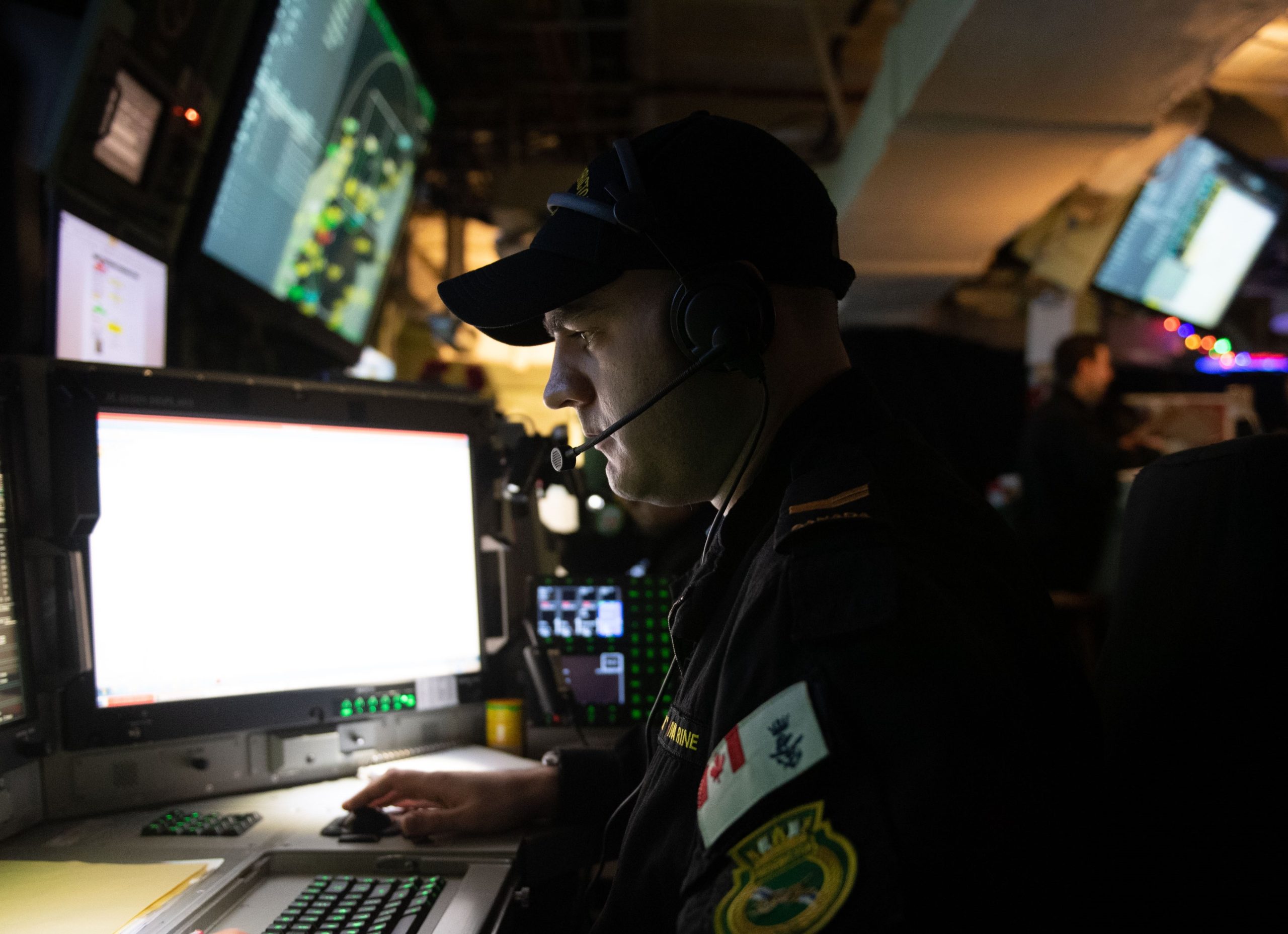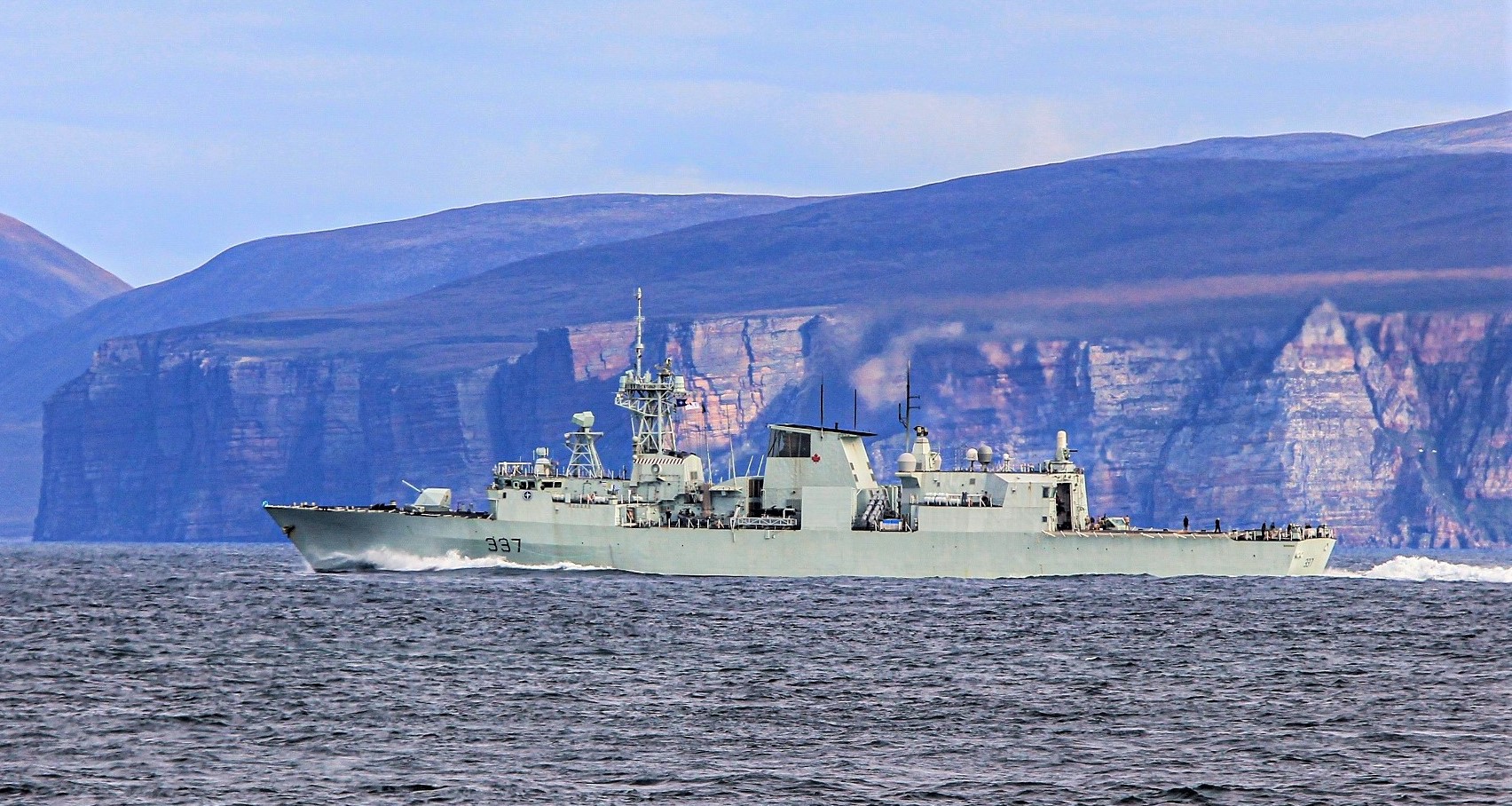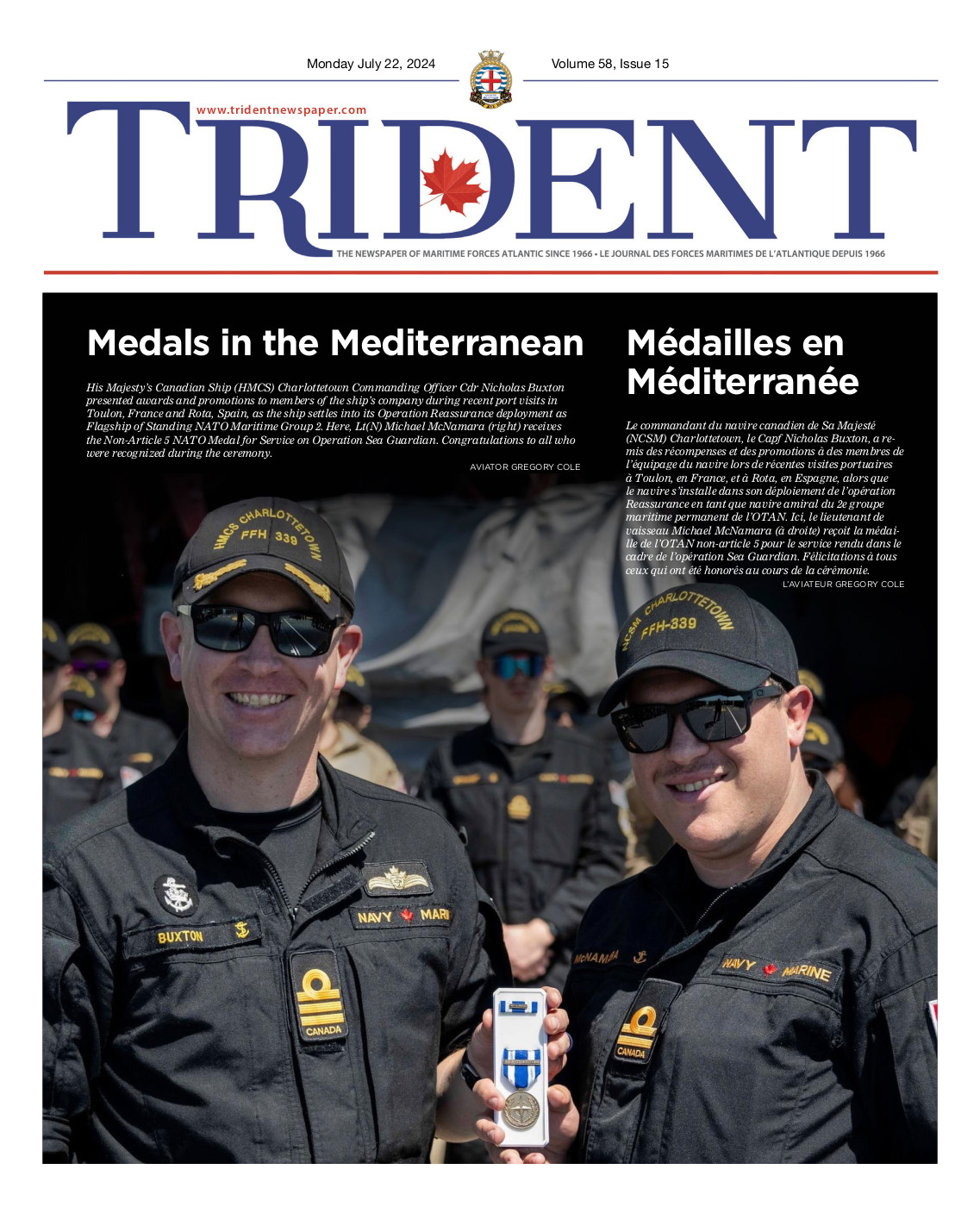
MARCOM PA
Exercise DYNAMIC MARINER brings together 12 NATO partners
By MARCOM PA
12 NATO Allies participated in the NATO exercises DYNAMIC MARINER-21 and JOINT WARRIOR 21-2 off the coast of the United Kingdom from September 18-30.

MARCOM PA
Exercise DYNAMIC MARINER tests NATO’s Response Force Maritime Component (NRF/M) and interoperability with NATO forces, enhancing flexibility and improving the ability to work together among Allied nations.
The exercise brought together 20 surface ships, 2 submarines, 7 maritime patrol aircraft and other air assets, with military personnel from Belgium, Canada, France, Germany, Latvia, Netherlands, Norway, Portugal, Romania, Spain, United Kingdom and the United States.
DYNAMIC MARINER was led by NATO Maritime Command in coordination with Joint Tactical Exercise Planning Staff of the Royal Navy, and took place alongside RN Exercise DYNAMIC MONGOOSE.
The exercise also involved Standing NATO Maritime Group One (SNMG1), led by flagship HMCS Fredericton, and Standing NATO Mine Countermeasures Group One (SNMCMG1), two of NATO’s Standing Forces on active duty that contribute to the Alliance’s collective defence on a permanent basis.
“Enhancing operational readiness is essential to our ability to deter and defend. NATO Exercise DYNAMIC MARINER-21 and U.K. Exercise JOINT WARRIOR 21-2 both demonstrate Allied interoperability and the `responsiveness of air and maritime assets,” said U.S. Air Force Major General Phillip A. Stewart, Deputy Chief of Staff Strategic Employment, Supreme Headquarters Allied Powers Europe. “This cooperation precipitates a well-trained capability, greater than the sum of its parts.”
NATO’s maritime strength lies in the ability of the Standing Forces and National Response Force elements to rapidly join with high readiness, high capability national forces and task groups. Regular training between these groups is a force multiplier and provides a collectively trained and interoperable capability that NATO can confidently deploy if necessary.
The NATO Response Force (NRF) is a highly ready and technologically advanced multinational force made up of land, air, maritime and Special Operations Forces (SOF) components that the Alliance can deploy quickly, wherever needed.
All NATO missions have robust procedures in place to protect participants and the public and prevent the spread of COVID-19 virus.
All NATO forces are able to continue conducting missions in a manner that takes precautionary measures, while still ensuring readiness. THEY remain prepared, vigilant, and ready to act if called upon.
Collective defence remains the Alliance’s greatest responsibility and deterrence is a core element of NATO’s overall strategy – preventing conflict and war, protecting Allies, maintaining freedom of decision and action, and upholding the principles and values it stands for.





